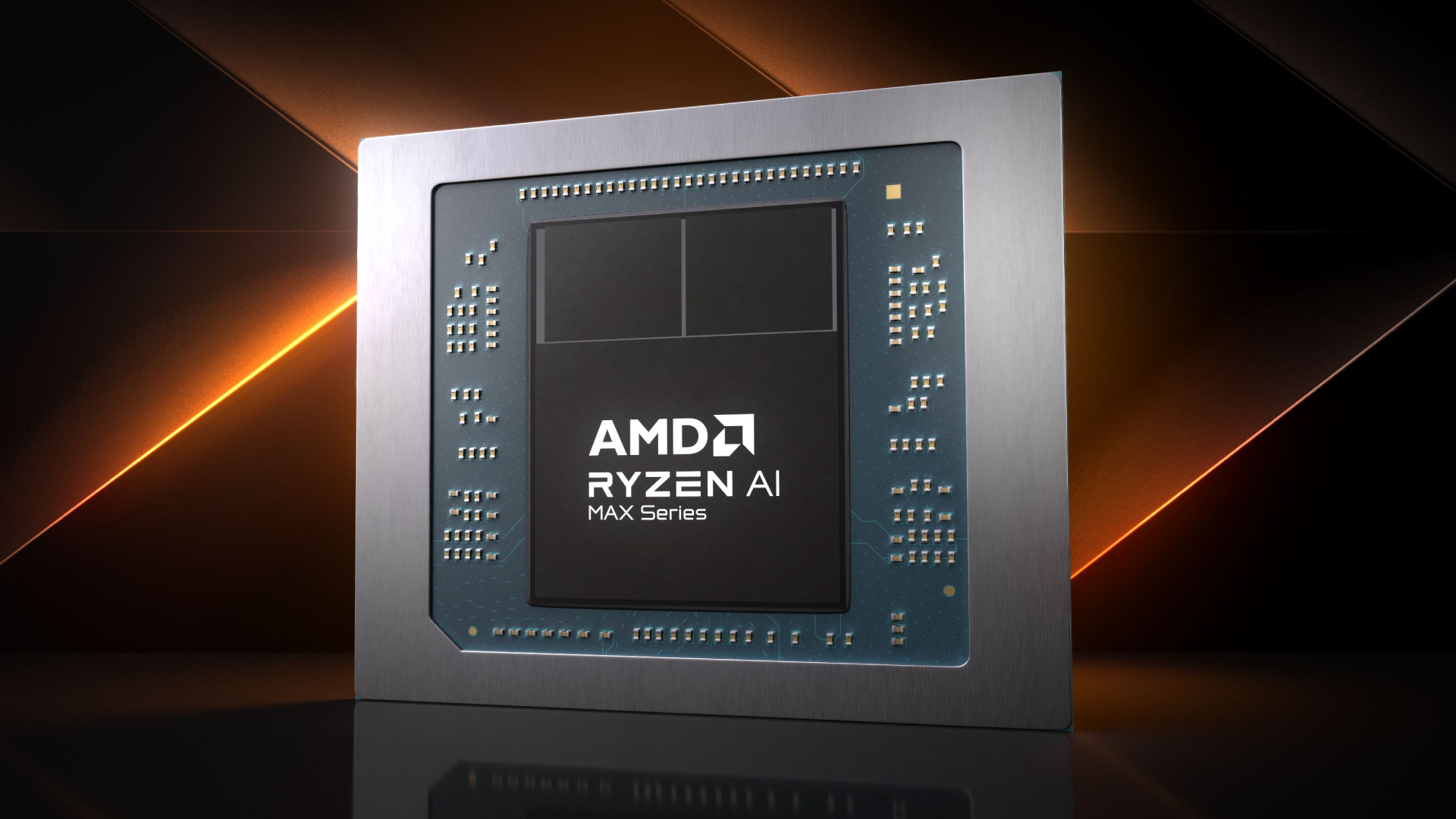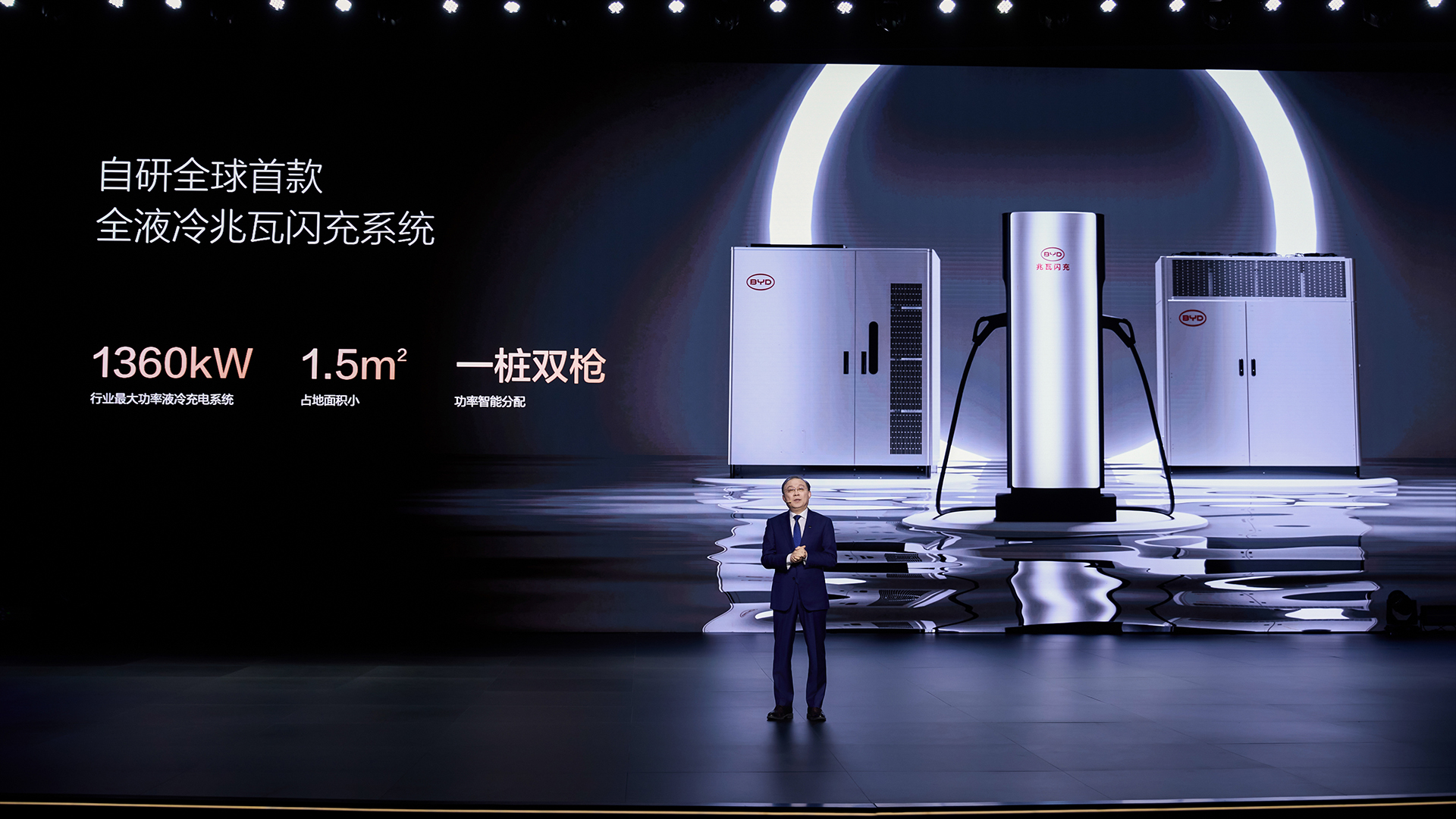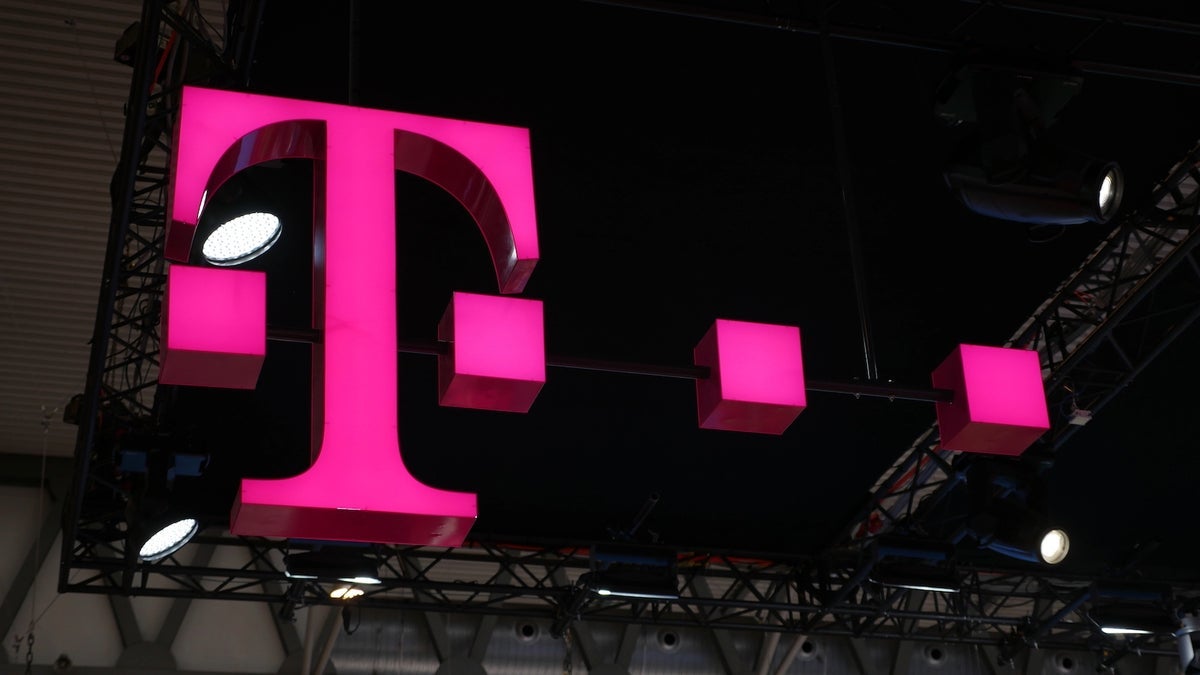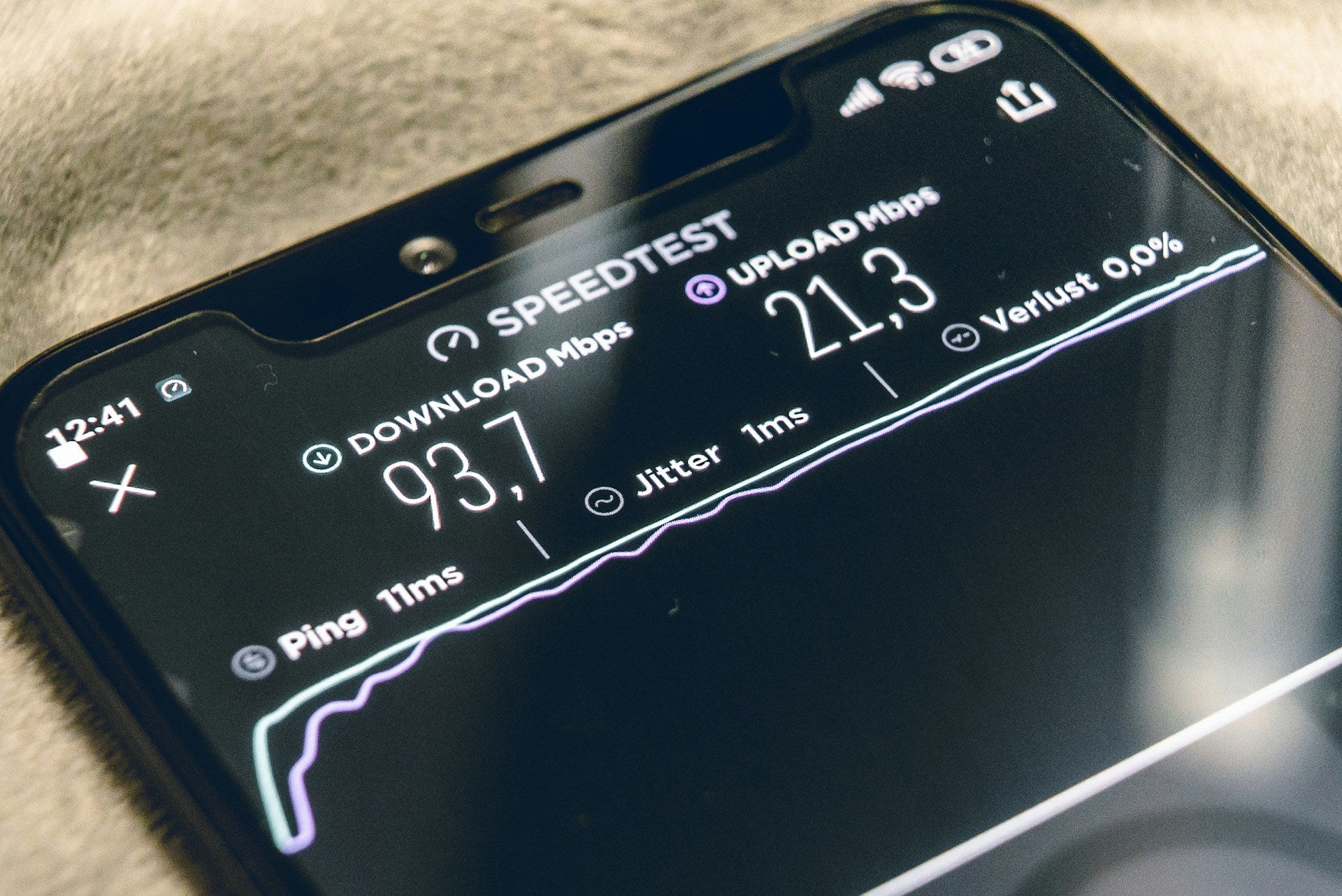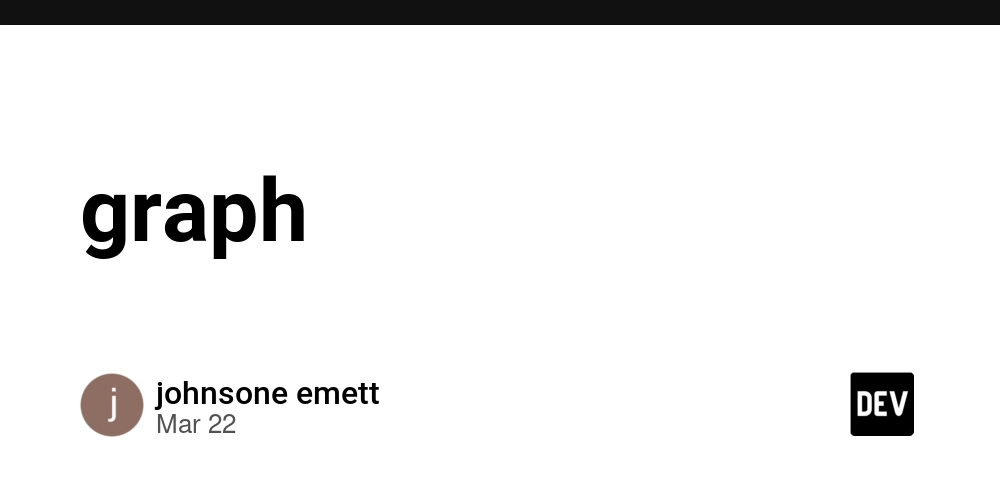Multi-AZ Architecture for High Availability and Fault Tolerance
This is an overview and step-by-step guide on how to set up a Multi-AZ (Availability Zone) architecture, designed for high availability and fault tolerance. Click to view: Multi-AZ Architecture for High Availability and Fault Tolerance This architecture is designed to ensure high availability and fault tolerance for your application. It uses multiple Availability Zones (AZs) to make sure your services remain online, even if one zone experiences an outage. Key Components: VPC (Virtual Private Cloud): The VPC is a private network where all your resources live. It helps keep your infrastructure secure. Public and Private Subnets: Public subnets host the Load Balancer, which handles incoming traffic from users. Private subnets hold your EC2 instances (servers) and RDS (database). These are not directly accessible from the internet, keeping them secure. Load Balancer: The Load Balancer sits in the public subnets and evenly distributes user traffic to the EC2 instances in different AZs, preventing overload on any single server. EC2 Instances: These are your web servers running in private subnets across multiple AZs. They host your application. The Auto Scaling group ensures that more instances are added or removed based on traffic. RDS (Relational Database Service): RDS is your database, placed in private subnets for security. It’s set up in multiple AZs, meaning if one AZ fails, your database will still be available. Auto Scaling: Automatically adjusts the number of EC2 instances based on traffic. This ensures that your application can handle sudden traffic spikes. Internet Gateway: This allows resources in the public subnets (like the Load Balancer) to communicate with the internet. This setup ensures that your application is reliable, secure, and can handle changes in traffic without downtime. If one part fails, another takes over, maintaining seamless operation.
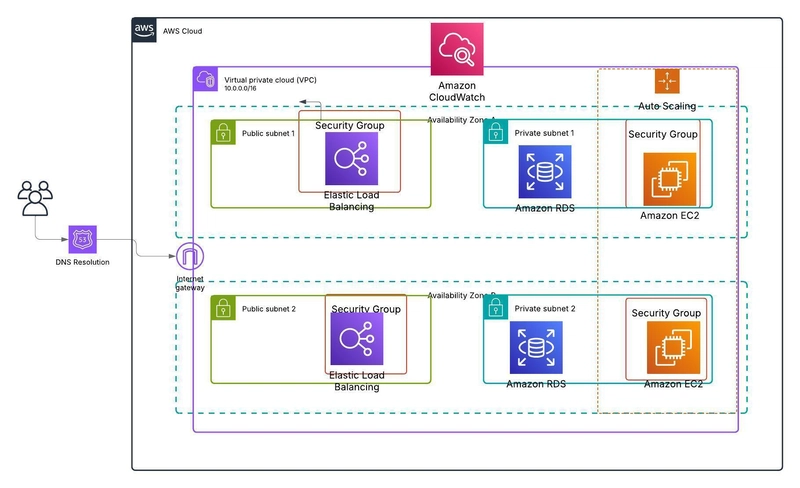
This is an overview and step-by-step guide on how to set up a Multi-AZ (Availability Zone) architecture, designed for high availability and fault tolerance.
Click to view:
Multi-AZ Architecture for High Availability and Fault Tolerance
This architecture is designed to ensure high availability and fault tolerance for your application. It uses multiple Availability Zones (AZs) to make sure your services remain online, even if one zone experiences an outage.
Key Components:
-
VPC (Virtual Private Cloud):
- The VPC is a private network where all your resources live. It helps keep your infrastructure secure.
-
Public and Private Subnets:
- Public subnets host the Load Balancer, which handles incoming traffic from users.
- Private subnets hold your EC2 instances (servers) and RDS (database). These are not directly accessible from the internet, keeping them secure.
-
Load Balancer:
- The Load Balancer sits in the public subnets and evenly distributes user traffic to the EC2 instances in different AZs, preventing overload on any single server.
-
EC2 Instances:
- These are your web servers running in private subnets across multiple AZs. They host your application. The Auto Scaling group ensures that more instances are added or removed based on traffic.
-
RDS (Relational Database Service):
- RDS is your database, placed in private subnets for security. It’s set up in multiple AZs, meaning if one AZ fails, your database will still be available.
-
Auto Scaling:
- Automatically adjusts the number of EC2 instances based on traffic. This ensures that your application can handle sudden traffic spikes.
-
Internet Gateway:
- This allows resources in the public subnets (like the Load Balancer) to communicate with the internet.
This setup ensures that your application is reliable, secure, and can handle changes in traffic without downtime. If one part fails, another takes over, maintaining seamless operation.










































































































































































![[The AI Show Episode 143]: ChatGPT Revenue Surge, New AGI Timelines, Amazon’s AI Agent, Claude for Education, Model Context Protocol & LLMs Pass the Turing Test](https://www.marketingaiinstitute.com/hubfs/ep%20143%20cover.png)
















































































































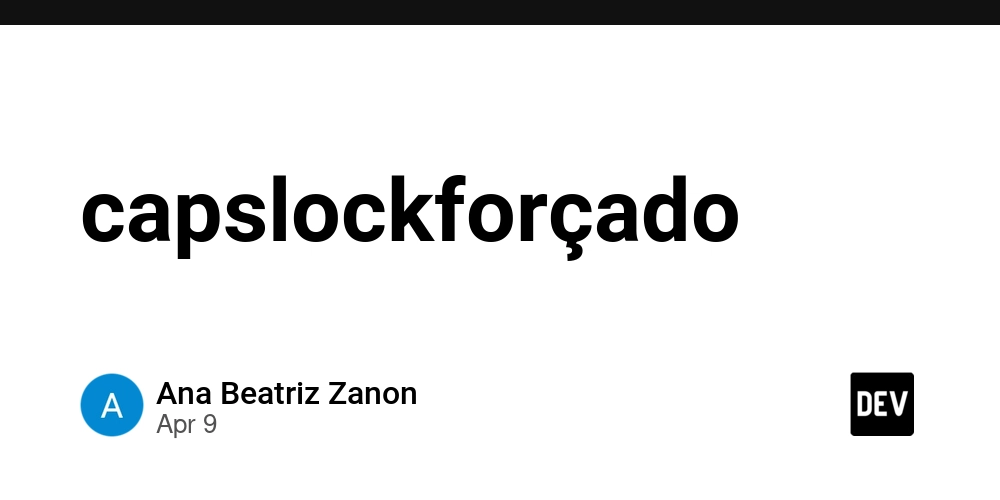

















![From drop-out to software architect with Jason Lengstorf [Podcast #167]](https://cdn.hashnode.com/res/hashnode/image/upload/v1743796461357/f3d19cd7-e6f5-4d7c-8bfc-eb974bc8da68.png?#)













































































































.png?width=1920&height=1920&fit=bounds&quality=70&format=jpg&auto=webp#)


.png?width=1920&height=1920&fit=bounds&quality=70&format=jpg&auto=webp#)






































































































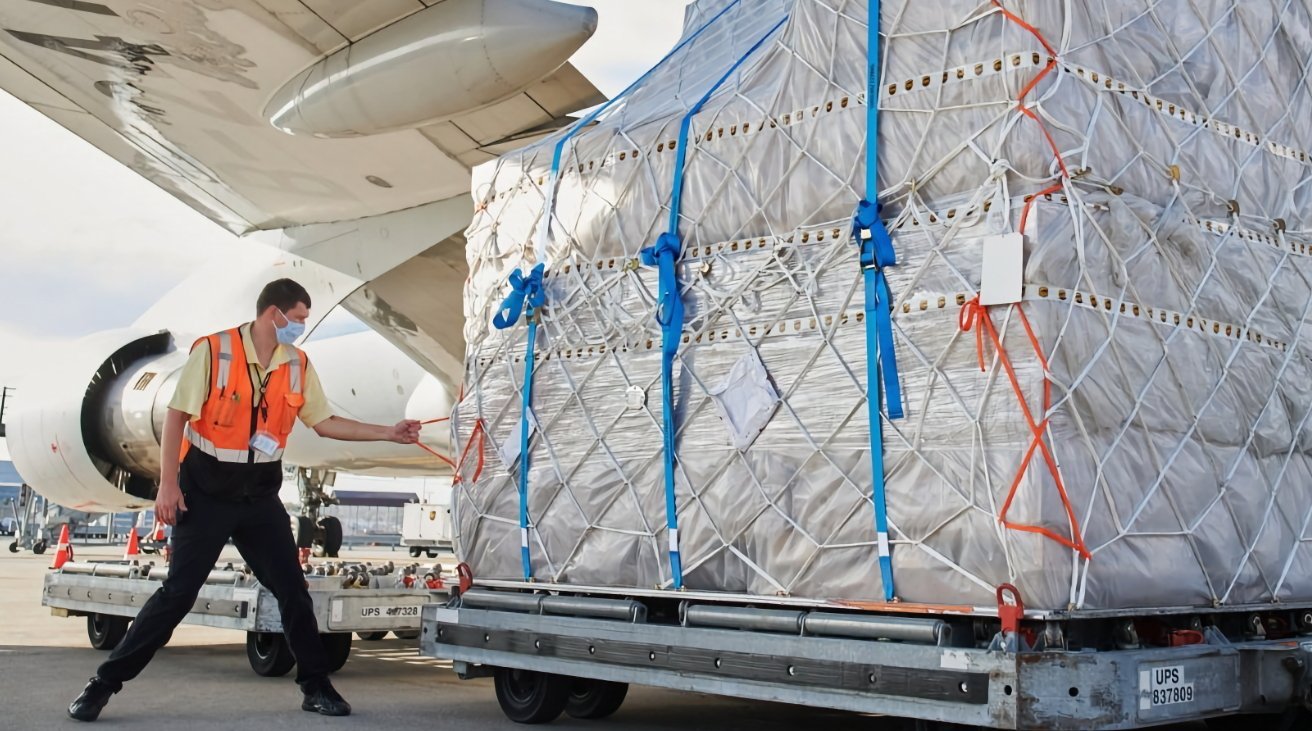


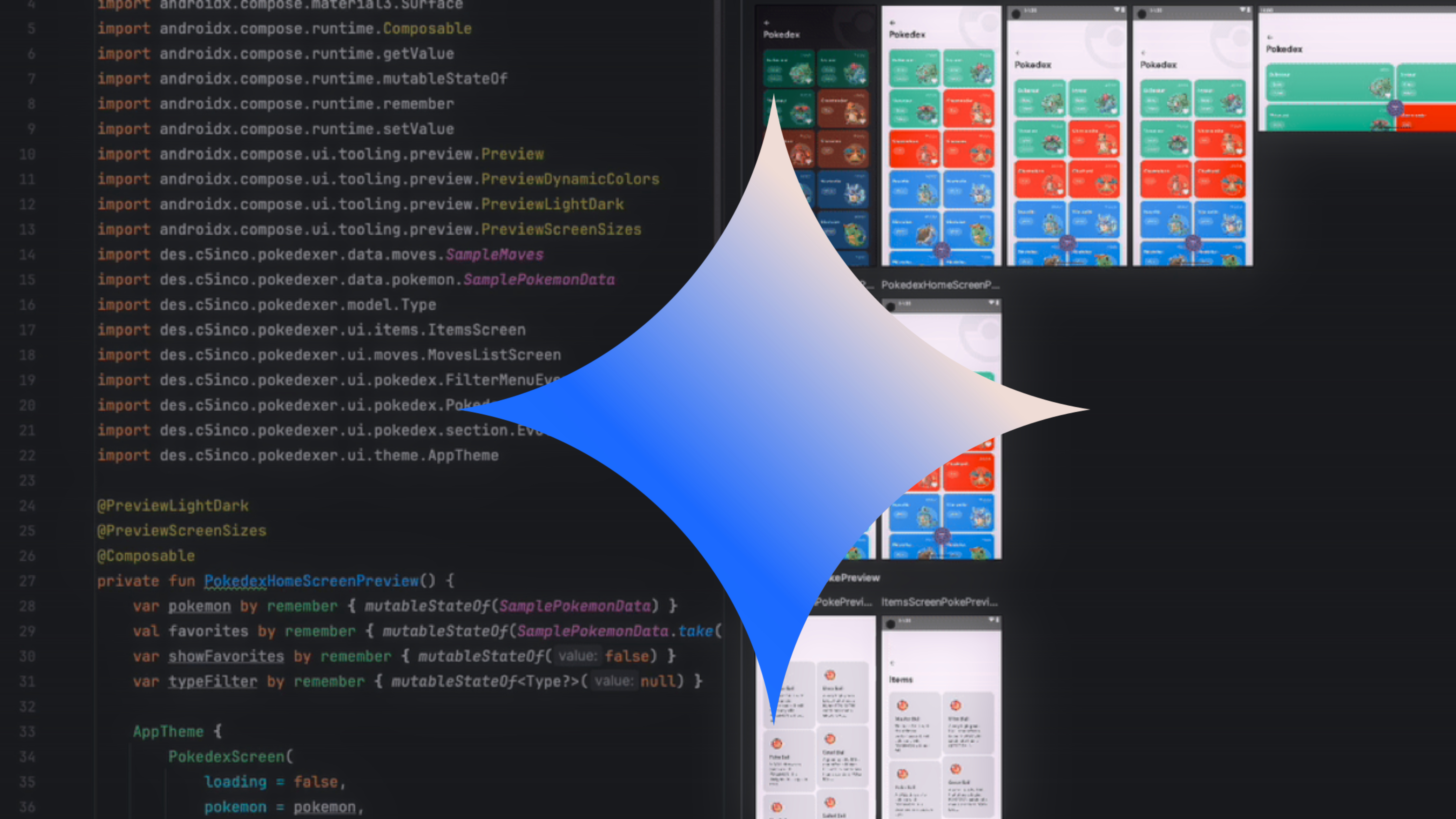


























![Apple Rushes Five Planes of iPhones to US Ahead of New Tariffs [Report]](https://www.iclarified.com/images/news/96967/96967/96967-640.jpg)
![Apple Vision Pro 2 Allegedly in Production Ahead of 2025 Launch [Rumor]](https://www.iclarified.com/images/news/96965/96965/96965-640.jpg)



















